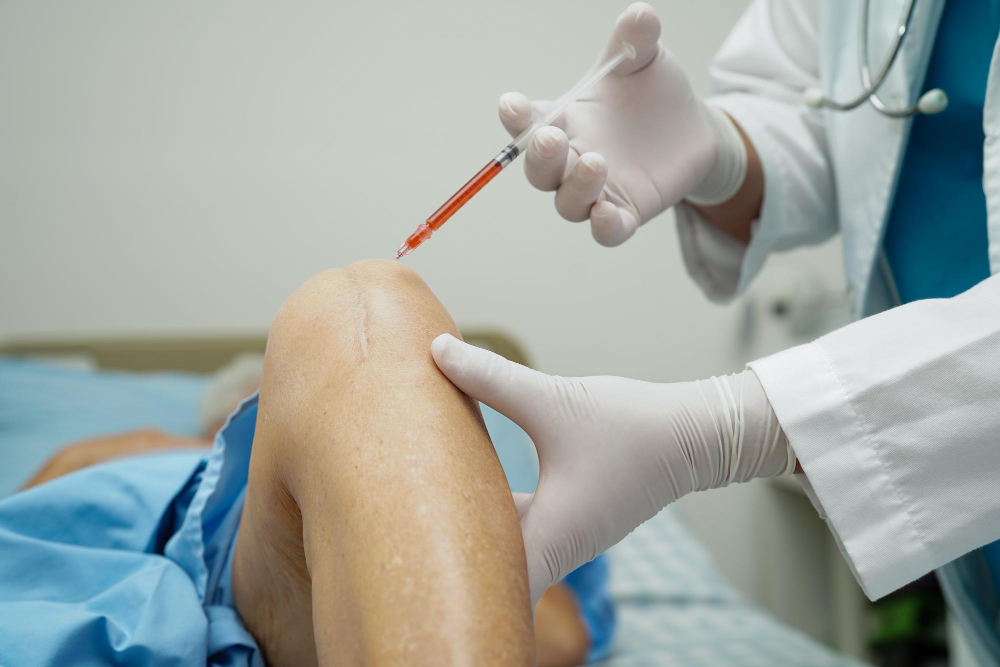Introduction to PRP in Orthopaedic Care
PRP in orthopaedic care is gaining attention for treating joint and tissue problems. PRP stands for Platelet-Rich Plasma. Doctors use it to help heal injuries faster. Many people ask about PRP therapy for joints and how it works. In this blog, you will learn about PRP, its benefits, and what to expect from the treatment.
How PRP Therapy Works
PRP therapy uses your own blood to help heal your body. First, a doctor takes a small amount of your blood. Then, they spin it in a machine to separate the platelets. Platelets are tiny cells that help with healing. After that, the doctor injects the platelet-rich plasma into the injured area. This can help your body repair itself more quickly.
Common Orthopedic Conditions Treated with PRP
Doctors use PRP therapy for many orthopedic injuries. For example, it can help with:
Because PRP uses your own blood, it is a natural treatment option.
Benefits and Potential Risks of PRP
PRP in orthopaedic care offers several benefits. For instance, it may speed up healing and reduce pain. It can also lower the need for strong medicines. Some people like PRP because it uses their own blood, not drugs or chemicals. However, there are some risks. You might feel pain or swelling after the injection. Rarely, infection or nerve injury can happen. Most side effects are mild and go away quickly.
The PRP Procedure: What to Expect
Knowing what to expect can help you feel more comfortable. Here is a simple outline of the PRP procedure:
The whole process usually takes less than an hour. You can often go home the same day.
Effectiveness and Current Research
Many studies show that PRP therapy can help with joint pain and healing. For example, research in the Journal of Orthopaedic Surgery and Research found that PRP may improve pain and function in knee osteoarthritis. However, results can vary. Some people feel better after just one treatment. Others may need more sessions. The World Health Organization and other experts say more research is needed to know how well PRP works for every condition.
Recovery and Aftercare Tips
After PRP therapy, you may feel some soreness. But, most people return to normal activities soon. To help your recovery:
Always talk to your doctor if you have questions or concerns.
Who May Benefit from PRP in Orthopaedics
PRP in orthopaedic care may help people with joint pain or soft tissue injuries. It is often used for those who have not improved with rest, physical therapy, or medicine. However, PRP may not be right for everyone. People with certain blood problems or infections should avoid it. Your doctor can help decide if PRP is a good choice for you.
Prevention and Lifestyle Guidance for Joint and Tissue Health
Keeping your joints and tissues healthy can prevent injuries. Here are some tips:
These steps can help protect your joints and keep you moving well.
Conclusion
PRP in orthopaedic care is a promising option for many people with joint or tissue injuries. It uses your own blood to help your body heal. While it may not work for everyone, many people see good results. Consult an orthopedic specialist to learn if PRP therapy is right for you.
